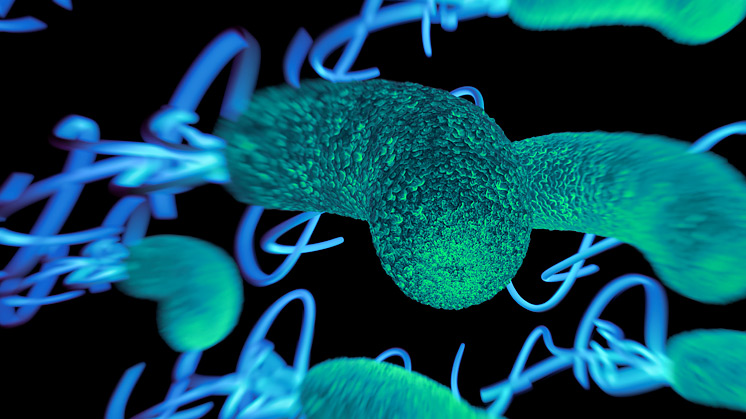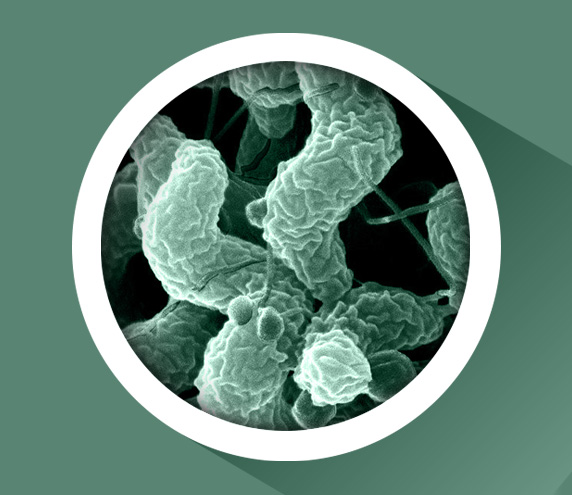Electrolysed Water

Aim: To evaluate the effects on the level of campylobacter on chicken when using electrolysed water in the carcase wash.
Project outline
Electrolysed water is produced by applying a low voltage charge to water containing a salt.
A hydroxide compound is produced which acts as a disinfectant to kill bacteria. It is rendered inactive during the disinfection process or over time. Electrolysed water is safe to eat and is used in the food and other industries. A series of trials and their controls were conducted on the same flocks of birds.
Neck skins were collected for testing before and after the in-line carcase washer from birds going through the normal washing process using potable water. The machine that produces the electrolysed water was activated and neck skin samples were collected for testing before and after the in-line carcase washer supplied with the electrolysed water.
Results
Initially machine performance was unreliable in producing a steady supply of electrolysed water but further work was effective in addressing this problem.
The results showed that there was no evidence in chicken that campylobacter levels were reduced either immediately after washing or when the birds had been stored for the period of their designated shelf life.
Conclusion
Using electrolysed water in the carcase wash is no more effective in reducing the level of contamination on the carcase than using potable water.

